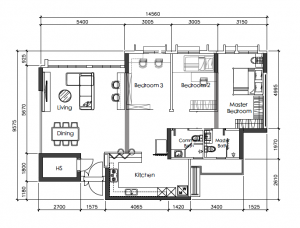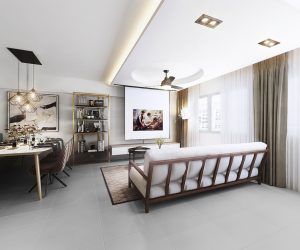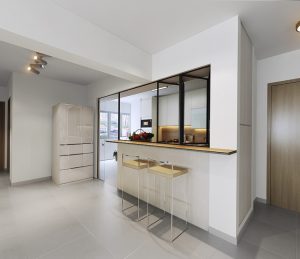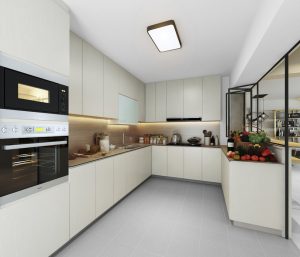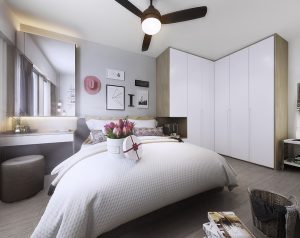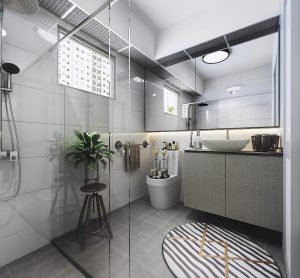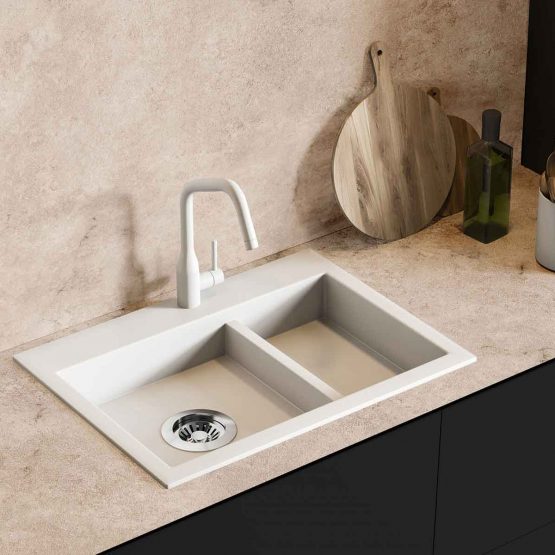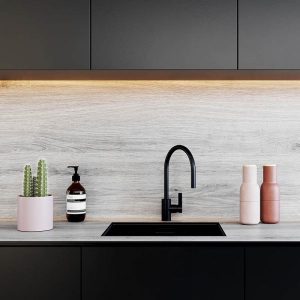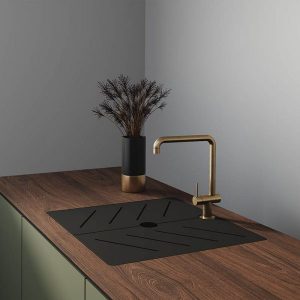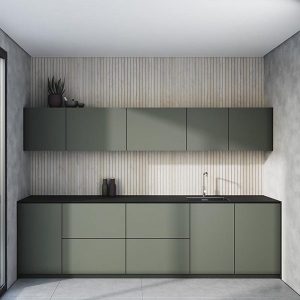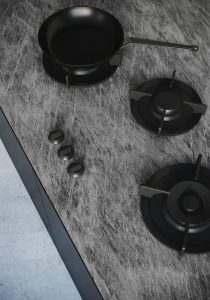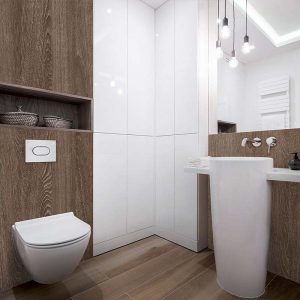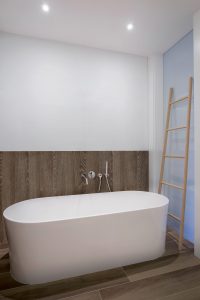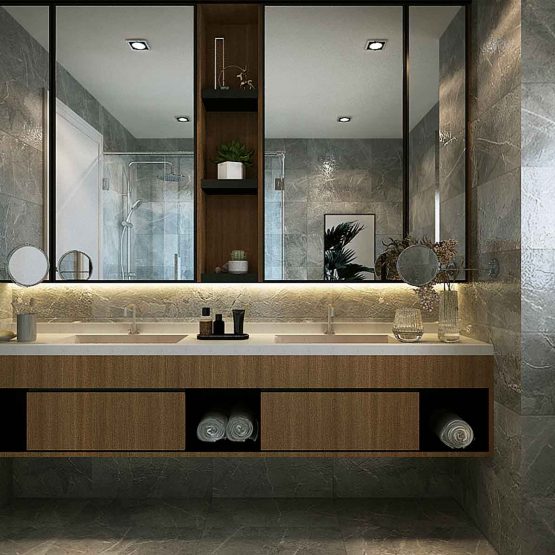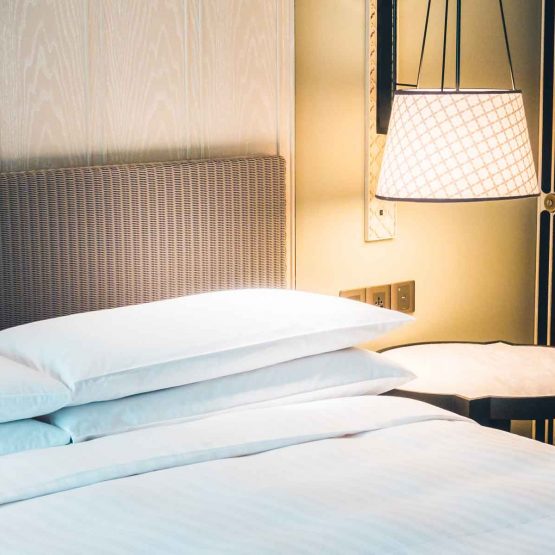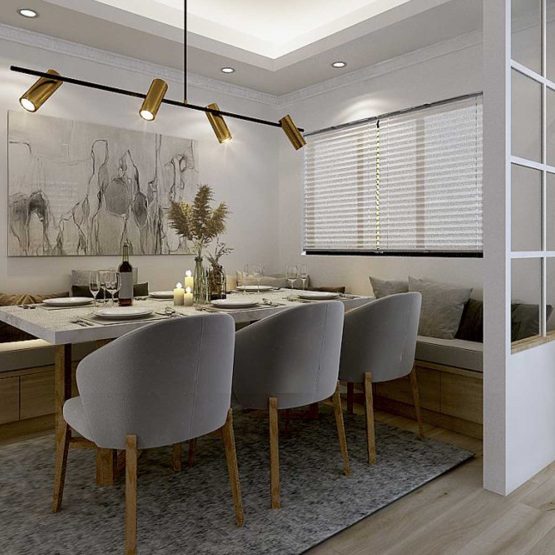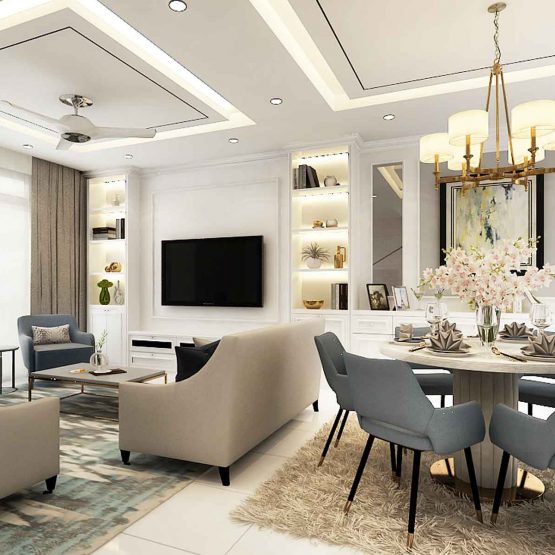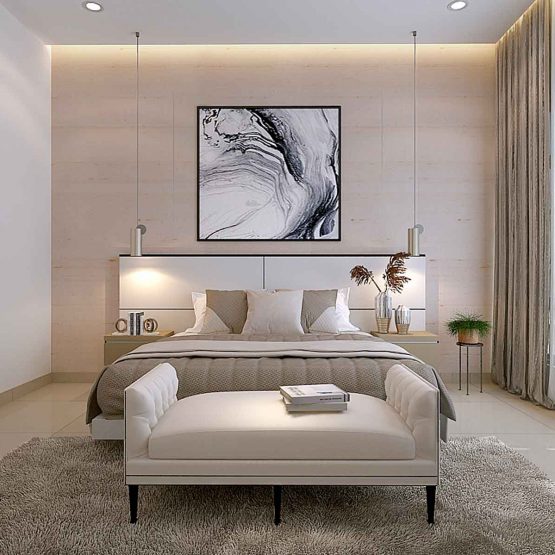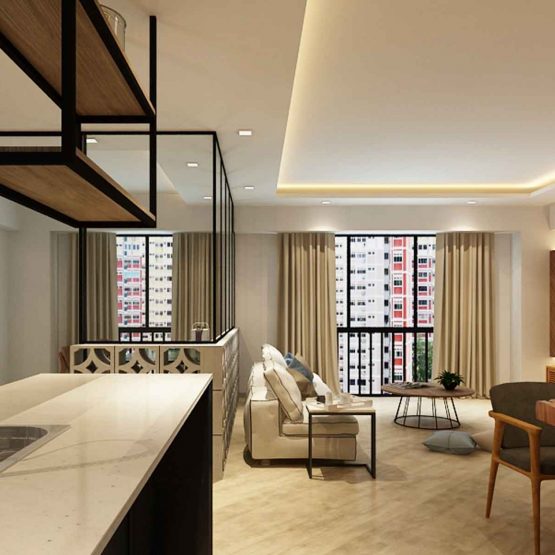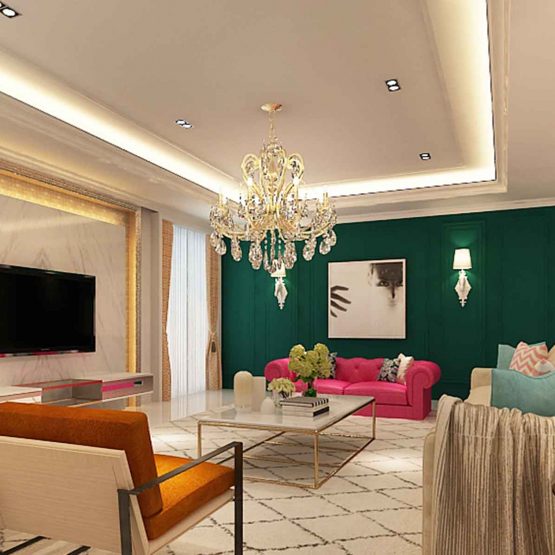You spend about one-third of your life asleep. As such, our mattress can greatly affect your sleep pattern, which in turn impacts your health in many ways. Having a good night’s rest will no doubt leave you feeling rejuvenated the next morning and throughout the day, and the foundation to having a rested night is a comfortable mattress that is just right for you. On the other hand, a poor-quality sleep leaves you tired the next day. In the long run, it could have adverse effects on one.
Did you know that as a general rule of thumb, you should change your mattress every eight years? If you experience stiffness and aches or pains, or feel that your quality of sleep has deteriorated, it could be a sign that you need to replace your mattress. If your mattress is showing visible signs of wear and tear, sagging or lumpy at certain areas, then the mattress ought to go too.
Different types of mattresses
No two persons are alike – it is important for you to find a mattress that meets your criteria for a good sleep – providing you adequate comfort and support. A good mattress, for instance, will gently support your whole body and keep your spine in a neutral position regardless of your lying position. Without good spinal support, poor spinal alignment can cause long-term problems like chronic body pains.

There are six main types of mattresses. The majority of mattresses are spring mattresses where springs serve as the core of support. Factors that contribute to the spring construction, such as wire gauge, coil turns, coil numbers and spring height impact the tension and weight distribution capability of the mattress.

Spring mattresses use three main types of springs, namely consitious spring or superlastic spring, bonnel spring and pocket spring. Among the three, pocket spring is considered more superior, and hence more expensive in used in high-quality mattresses. They work independently of one another as they conform and adjust to body contours.
Different types of filling
Spring mattresses use different fillings, which affect the durability, flexibility, resilience and ability to absorb moisture. Examples of fillings used in spring mattresses include polyester, felt, 3E coconut fiber and foam. And examples of foam are PU foam, latex, memory foam and gel.
Latex foam
Of which, eco-friendly latex foam, derived from sap of rubber trees, offers natural elasticity so that the shape of the mattress immediately recovers when pressure is removed. Latex foam mattresses also offer better distribution of pressure, are durable, and have anti-microbial properties ideal for those with allergies. It leaves one with a fresh, cool sensation – more so when compared to memory foam mattresses. So latex foam is ideal if heat or odour is a concern.
Memory foam
Memory foam has good pressure-relieving properties, thereby providing better support and contour. This mattress is ideal if your partner’s movements interrupt your sleep.
Gel foam
Gel foam is known for its cooling thermo regulatory properties, which facilitates breathability and promotes good body support.
By and large, memory foam and latex foam are superior choices that appeal most.
Other considerations when choosing a mattress
1. Sleeping posture
One of the key considerations is the firmness of a mattress – ranging from firm, medium and soft. Typically, firm mattresses are ideal for back sleepers as it keeps the spine aligned, while soft mattresses are perfect for side sleepers as it supports the contour of the body. Having said that, comfort is subjective and differs from person to person.
2. Size of mattress
When deciding between a queen- or king-size bed, consider the space between partners. As a general rule of thumb, you and your partner should be able to lie beside each other with your arms behind the head and elbows out without touch each other at all. And it should be 15-cm longer than the taller person. So finding the right mattress has a lot to do with your weight, height and build.

3. Height of mattress
Thicker is not always better. A mattress that is too thick can lead to larger body impressions and more sagging over time. Generally, any mattress that is more than 15-inch thick is considered overly thick.
